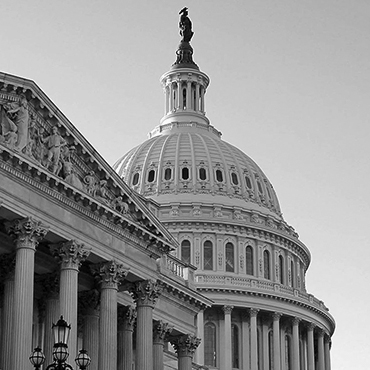A TUSSLE OVER ACCESS TO THE NILE
Since it was conceived of more than a decade ago, the Grand Ethiopian Renaissance Dam (GERD) has been the centerpiece of the country's strategic plan to become Africa's largest energy exporter on the waterway. But the $4 billion project's manipulation by Addis Ababa (including withholding Nile water flows from downstream riparians Egypt and Sudan) has emerged as a significant source of political friction in east Africa over the past year. Egypt, which has a rapidly growing population and relies on the Nile for 90% of its freshwater supplies, worries that the dam will restrict waterflow, potentially leading to droughts and subsequent job losses among its citizenry.
Sudan's concerns are different. Khartoum has reservations about the safety of the GERD, as well as its potential impact on Sudan's own dams and water stations, and has consequently called for greater information sharing regarding the project. Talks between the nations have stalled, however, leading Sudan and Egypt to call for the U.S., EU, and the United Nations to mediate the dispute. (Reuters, July 8, 2021)
THE NEXUS OF CLIMATE CHANGE AND IMMIGRATION
As its effects are increasingly felt by citizens worldwide, climate change is becoming a distinct issue in U.S. politics – and in more ways than one. According to estimates from the Australia-based Institute of Economics and Peace, some 1.2 billion people will be displaced by 2050, leading to mass migration and increased threats of violence. Based on this trendline, a task force sponsored by the NGO Refugees International has argued that the U.S. "should accommodate millions of refugees forced to flee because of the effects of climate change." The suggestion is receiving pushback from lawmakers and a range of policy groups, however. These critics argue that, among other things, implementing such a policy would overload an immigration system that is already at its breaking point. (Voice of America, July 14, 2021)
LEBANON'S WATER WOES
While most attention has focused on the political and economic dimensions of Lebanon's current crisis, the problems facing the country are hydrological as well. After years of neglect and underinvestment, the Lebanese public water system is on the verge of collapse, a new survey by UNICEF has found. The consequences are potentially dire. "With the rapidly escalating economic crisis, shortages of funding, fuel and supplies ... most water pumping will gradually cease across the country in the next four to six weeks," UNICEF has estimated.
Nor are there any easy fixes to the situation. If pumping does cease, water would have to be secured from alternative or private sources, leading to a 200% price increase. The resulting cost would place 71% of the population, approximately four million people, in critical "water vulnerability" – a designation that means many would have to resort to unsafe sources of water for sustenance. (CNN, July 23, 2021; UNICEF, July 23, 2021)
IN IRAN, A BUILDING HYDROLOGICAL CRISIS
In Iran's southeastern Khuzestan Province, "I am thirsty!" has become a common refrain, as citizens find themselves in the throes of a severe water shortage. The crisis, caused by a combination of record drought conditions and years of official mismanagement, has sparked protests and violent unrest, with demonstrators calling on officials to provide them with reliable access to potable water. Yet, while citizens are calling for the trucking in of water and the opening up of reservoirs, experts say these are only short-term solutions that do little to address underlying systemic problems. As a result, Khuzestan – and Iran more broadly – looks like it will be "water-bankrupt" for quite some time to come, heightening tensions between the Iranian regime and the country's citizenry. (New York Times, July 21, 2021)
Want these sent to your inbox?
Subscribe

